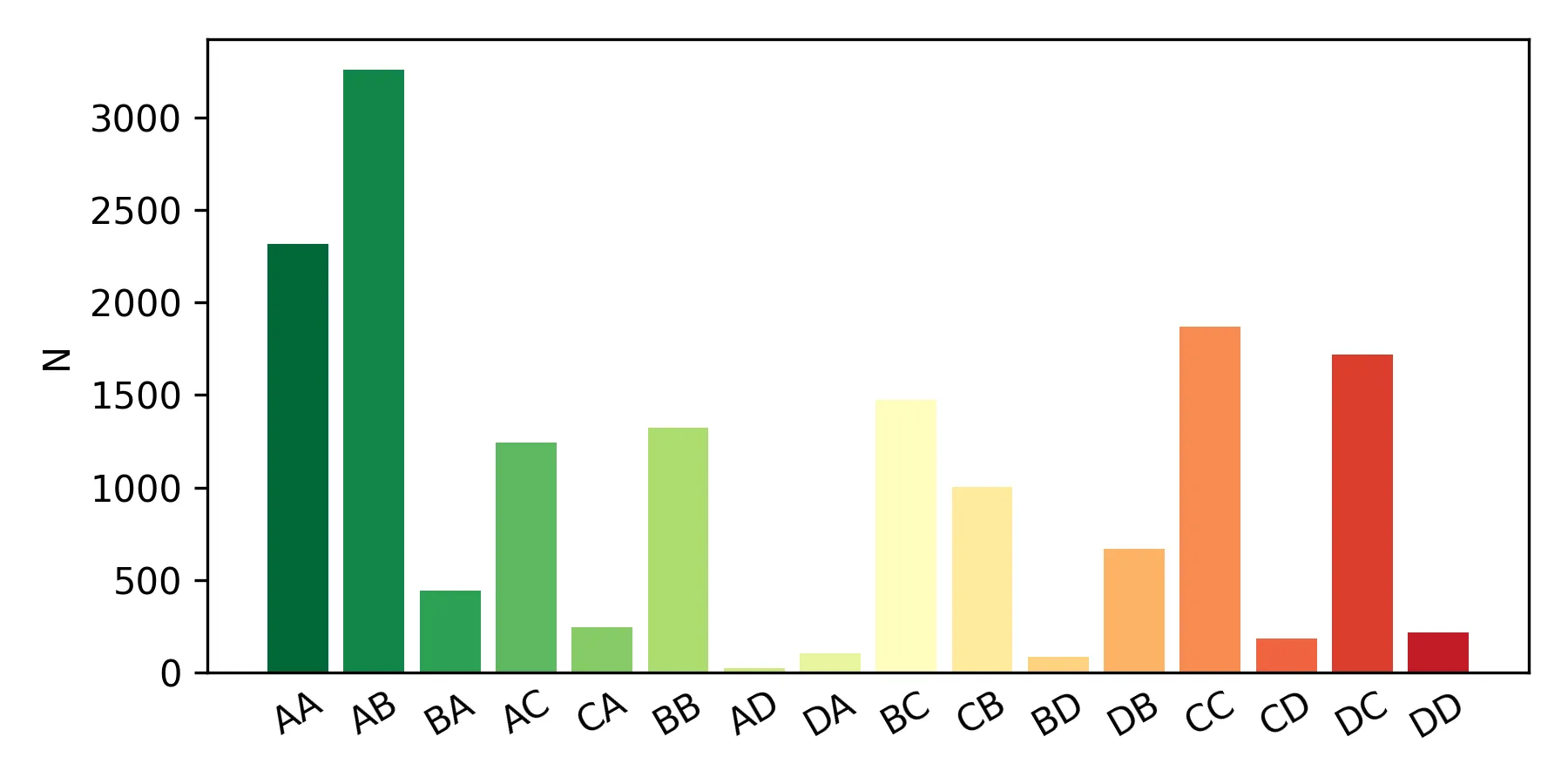Please contact me for any comments/suggestions or any other questions not listed here.
- What is the UCC?
- What objects are included in the UCC?
- How are member stars selected?
- What is the C3 parameter?
- What is the UTI parameter?
- How are the galactocentric plots generated?
- Random cluster navigation
- How can I cite the UCC?
What is the UCC?
The acronym UCC stands for Unified Cluster Catalogue. It is the largest catalogue
of open clusters in existence. It consists of comprehensive and homogeneous data
for an ever expanding number of entries, taken from the latest published articles
combined with data from the Gaia survey.

What objects are included in the UCC?
The UCC lists any object that was catalogued as an open cluster in the literature. This object might be classified differently in other articles (e.g.: moving group, association, etc.) but it will remain listed in the UCC because at least one article at some point indicated that it was an open cluster.
The UCC is regularly updated to include new research. If your article is not listed in the database, you can contact me with the details and I will add it as soon as possible.
How are member stars selected?
Membership is obtained through the fastMP method described in Sect. 3 of
Perren et al. (2023). The fastMP membership estimation method has been
incorporated into the ASteCA package (see details here).
What is the C3 parameter?
The C3 parameter is the combined C1 and C2 classes, described in Sect. 4.3 of
Perren et al. (2023) where the UCC was initially introduced.
The C1 and C2 classes can be described as:
C1: A density-based metric that quantifies the contrast between the spatial
distribution of cluster member stars and that of the surrounding field stars within
the five-dimensional parameter space defined by celestial coordinates,
proper motions, and parallax.
C2: A photometric metric that estimates the likelihood that the observed stellar
sequence of the candidate members is statistically indistinguishable from a
sequence randomly drawn from the field star population.
Each one takes values [A, B, C, D] where A is best and D is worst.

What is the UTI parameter?
The UTI (UCC Trust Index) is a measure of the reliability of the cluster detection,
ranging from 0 (worst) to 1 (best). It is calculated based on factors such as the number
of members, stellar density, the C3 parameter, the presence of the object
in the literature, and the probability of the object being a duplicate of a previous
entry. It is estimated via the relation:
UTI = 0.2 * (C_N + C_dens + C_C3 + 2*C_lit) * C_dup
where the C factors have values in the [0, 1] range (1 is best) representing
normalized estimates of:
C_N: number of members (0=very few members, 1=many members)C_dens: stellar density in pc^2 (0=very sparse object, 1=dense object)C_C3: C3 parameter (0=DD class, 1=AA class)C_lit: presence in literature (0=rarely mentioned in the literature, 1=frequently mentioned in the literature)C_dup: likelihood of uniqueness (0=very likely a duplicate entry, 1=not a duplicate entry)

How are the galactocentric plots generated?
The Sun and the Galactic center are represented by the yellow star and the black X, respectively. The spiral arms are taken from Momany et al (2006). The (X_GC, Y_GC, Z_GC) values are estimated applying a -0.02 parallax zero-point offset position of -0.02 [mas] (taken as a reasonable average, see e.g. Ding et al. (2025)). The minimum accepted parallax value is 0.035 (~29 Kpc). Radial velocities are used when available and set to 0.0 Km/s when they are not.
Random cluster navigation
You can navigate to a random cluster page by searching the keyword “random” on the main search page, or directly accessing the random url.
How can I cite the UCC?
If you found the UCC useful for your research, please reference its original article Perren et al. (2023). You can use a phrase such as the following:
“This research has made use of the Unified Cluster Catalogue (UCC)~\cite{Perren_2023}”
BibTeX entry for the original article:
@ARTICLE{Perren_2023,
author = {{Perren}, Gabriel I. and {Pera}, Mar{\'\i}a S. and {Navone}, Hugo D. and {V{\'a}zquez}, Rub{\'e}n A.},
title = "{The Unified Cluster Catalogue: towards a comprehensive and homogeneous data base of stellar clusters}",
journal = {\mnras},
keywords = {methods: data analysis, catalogues, open clusters and associations: general, Astrophysics - Astrophysics of Galaxies},
year = 2023,
month = dec,
volume = {526},
number = {3},
pages = {4107-4119},
doi = {10.1093/mnras/stad2826},
adsurl = {https://ui.adsabs.harvard.edu/abs/2023MNRAS.526.4107P}
}